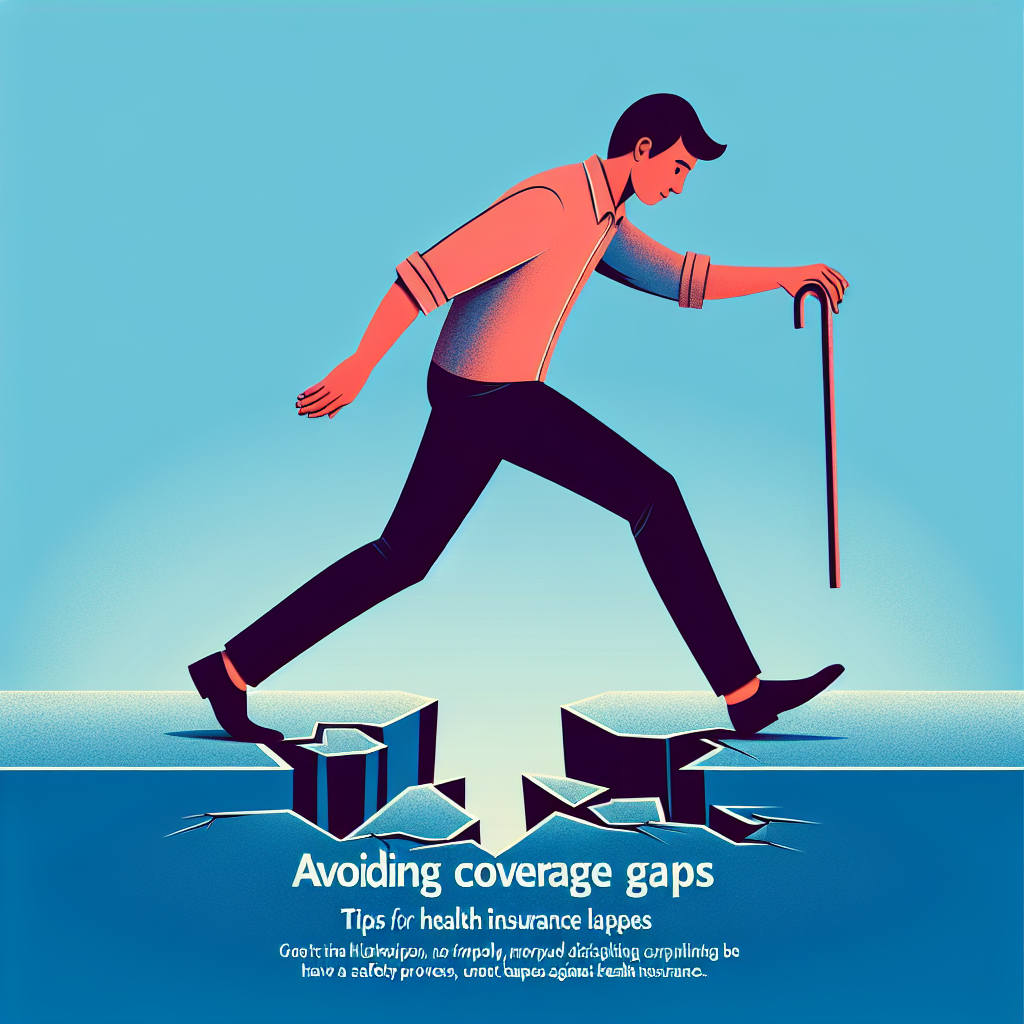Filed under Health Insurance on
Navigating Health Insurance at Age 26: Key Considerations

Turning 26 is a significant milestone in many people's lives, particularly when it comes to health insurance. For those previously covered under a parent's plan, navigating health insurance can seem daunting. Understanding your options and knowing what to prioritize can ease this transition significantly. This guide will help you anticipate the changes and make informed decisions.
Understanding Why Age 26 Is Crucial for Health Insurance
The magic age of 26 is pivotal due to regulations stemming from the Affordable Care Act (ACA), which allows young adults to stay on their parents' health insurance plan until they turn 26. After this point, you generally lose coverage, prompting the need to explore different health insurance avenues.
Exploring Health Insurance Options at Age 26
Once you turn 26, it’s essential to examine all available health insurance options. Making the right choice can impact your financial and physical well-being. Here's a breakdown of potential paths:
Employer-Sponsored Health Insurance
For many, employer-sponsored health insurance is the most straightforward choice. These plans often offer comprehensive coverage at a lower premium, with your employer contributing a portion of the costs. Ensure you fully understand the benefits, coverage networks, and costs involved.
Marketplace Health Insurance
If employer-sponsored insurance is not an option, the Health Insurance Marketplace is a viable alternative. The Marketplace offers various plans that accommodate different budgets and needs, making it an essential consideration as you navigate health insurance at age 26.
- Open Enrollment: Familiarize yourself with the Open Enrollment period, the time when you can sign up for a Marketplace plan. Missing this window can limit your options.
- Subsidies: Depending on your income, you might qualify for subsidies that reduce premium costs, making Marketplace plans more affordable.
- Plan Types: Explore different plan types (e.g., HMO, PPO, EPO) to find one that aligns with your healthcare needs.
Medicaid and Other Government Programs
Medicaid is a state and federal program providing health coverage for low-income individuals and families. Eligibility varies by state, so consult your state’s Medicaid office for details. Research additional government programs to see if you qualify based on your personal circumstances.
COBRA Continuation Coverage
COBRA allows you to temporarily continue the same health insurance coverage you had under your parent's plan for up to 36 months. While it offers familiarity, COBRA can be costly since you’ll pay the entire premium without any employer contribution.
Calculating Your Health Insurance Needs
As you navigate health insurance at age 26, assessing your health care needs is crucial. This ensures you select a plan providing adequate coverage without overspending.
- Current Health Status: Reflect on your current health condition. Are you generally healthy, or do you require regular medical attention?
- Prescriptions and Specialists: If you take regular medications or see specialists, ensure these are covered under your chosen plan.
- Budget Constraints: Determine what you can afford in monthly premiums and out-of-pocket expenses. Balance between coverage and cost to avoid financial strain.
Comparing Plan Networks and Coverage
Dive deep into plan details to ensure the network includes your preferred doctors and hospitals. Different plans offer various levels of coverage, so understanding these differences is essential for making an informed decision.
In-Network vs. Out-of-Network
Choosing a plan with a broad in-network availability can save money and ensure ease of access to services. Out-of-network services often incur higher costs.
Essential Health Benefits
Make sure the plan covers essential health benefits, such as preventive services, emergency services, maternity care, and more. This can greatly affect your overall health management and satisfaction with the plan.
Staying Aware of Industry Trends and Changes
The health insurance landscape is constantly evolving. Keeping abreast of industry trends and changes can inform your decision-making process and ensure you’re not caught off guard by any new developments.
- Policy Updates: Stay informed about policy changes that could affect coverage options or costs.
- Healthcare Innovations: Technologies and services such as telehealth are increasingly included in plans, offering additional conveniences and potential cost savings.
Expert Insights on Navigating Health Insurance at Age 26
Industry experts emphasize the significance of early planning and education. Staying informed about potential penalties for being uninsured and the long-term implications of your choices is vital.
According to Jill Smith, a renowned health insurance expert, "Understanding your unique healthcare needs is key. Young adults should prioritize coverage that aligns with their medical and financial situation to ensure they aren’t underinsured or overpaying for services they don’t need."
Conclusion
Navigating health insurance at age 26 requires thoughtful evaluation and an understanding of one's health needs and financial capabilities. By exploring all available options, understanding the intricacies of different plans, and staying current with industry trends, you can secure suitable health insurance coverage for your post-26 lifestyle.
Now is the time to assess your needs, explore your options, and make a well-informed choice to ensure your health and financial well-being are taken care of as you step into this new phase of life.




